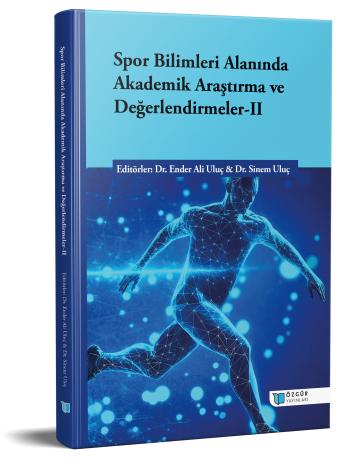
Mapping Body Structure: Practical Applications of Heath-Carter Somatotype Theory
Chapter from the book:
Uluç,
E.
A.
&
Uluç,
S.
(eds.)
2024.
Academic Research and Evaluations in the Field of Sports Sciences II.
Synopsis
Somatotype is a method used to determine an individual's physical structure, typically expressed through a three-digit rating. This rating comprises three components: endomorphy, mesomorphy, and ectomorphy. Endomorphy relates to adiposity level; mesomorphy is associated with musculoskeletal robustness; and ectomorphy reflects the linearity or leanness of body structure. Somatotyping holds various significant applications in sports and exercise science. Primarily, understanding and assessing individuals' physical structures are crucial for personalizing exercise programs. For instance, someone with a higher mesomorphy rating may excel in strength-demanding sports, whereas a person with a higher ectomorphy rating might perform better in endurance-focused activities. Additionally, somatotype monitors athletes' physical development and comprehends alterations over time. Adjusting training programs based on changes in somatotype during training or growth and aging processes becomes feasible. In conclusion, somatotype is a crucial tool in sports and exercise science for understanding individuals' physical structures, tailoring exercise programs, and monitoring athletes' physical development. Consequently, somatotyping is widely utilized by sports scientists, coaches, and health professionals.

